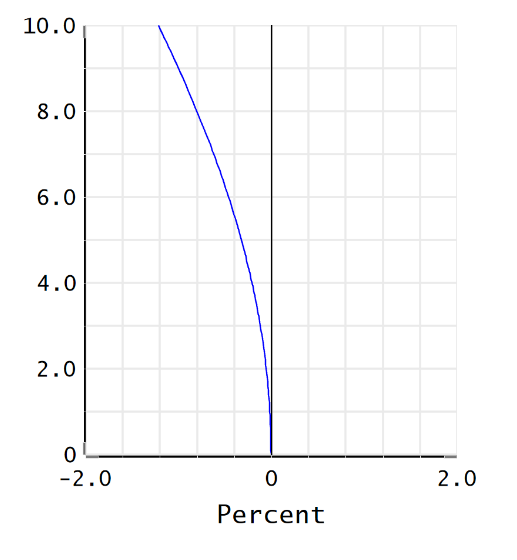Does anyone have an OpticStudio macro which converts the disortions written out using the DISA and DISG commands into radial distortion coefficients (k1, k2), which are typically used in camera systems?
Reply
Enter your E-mail address. We'll send you an e-mail with instructions to reset your password.







